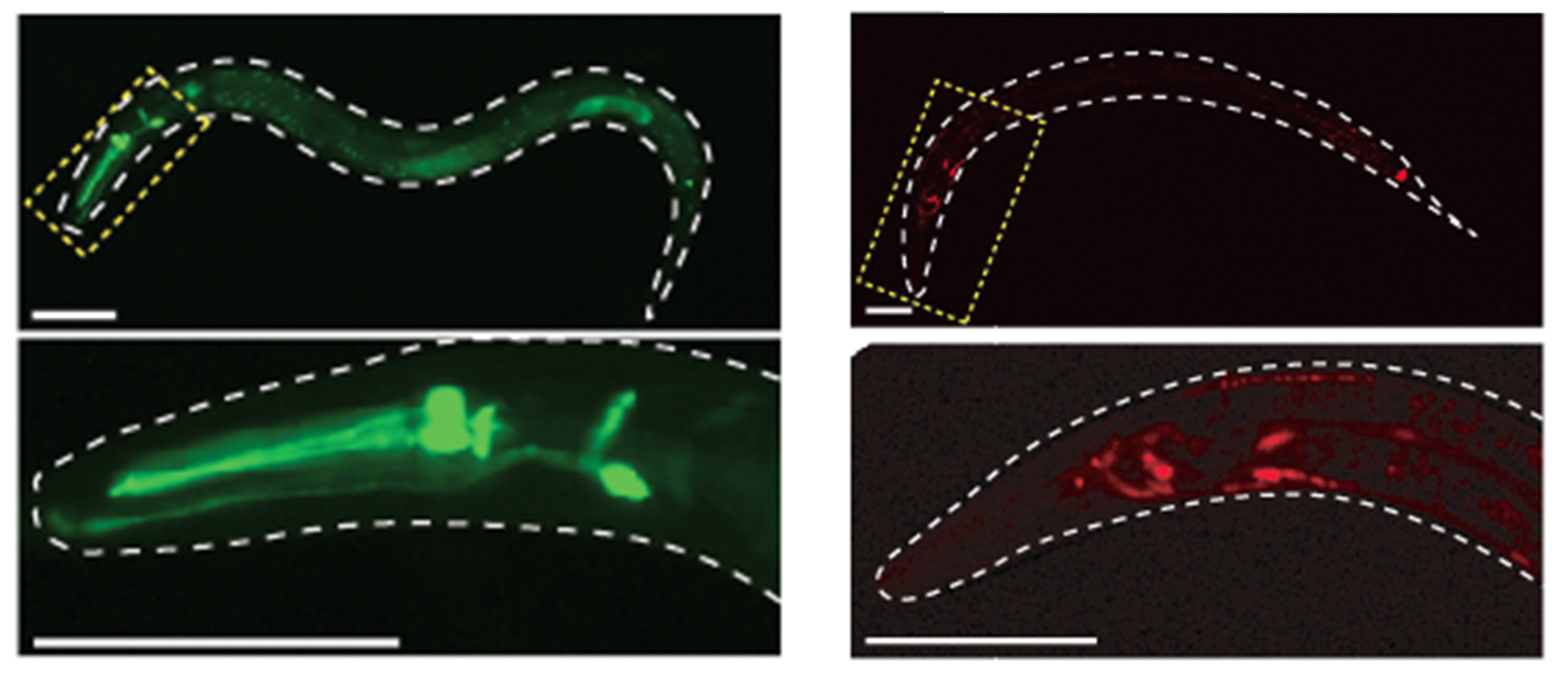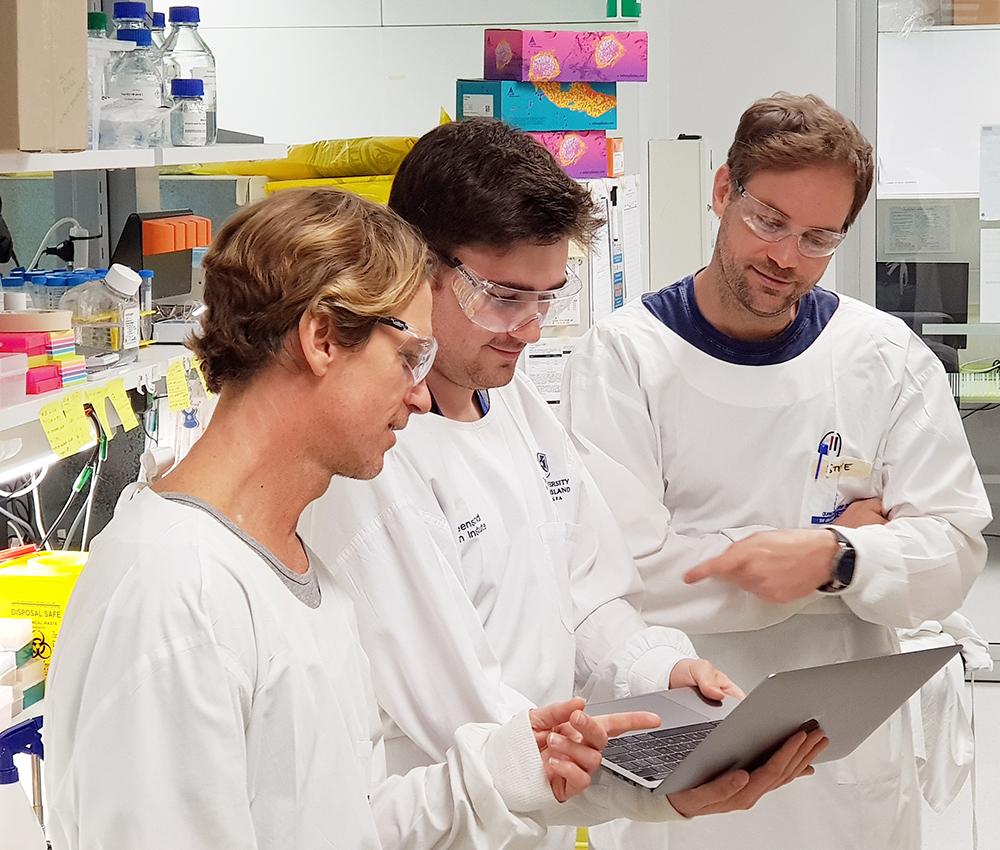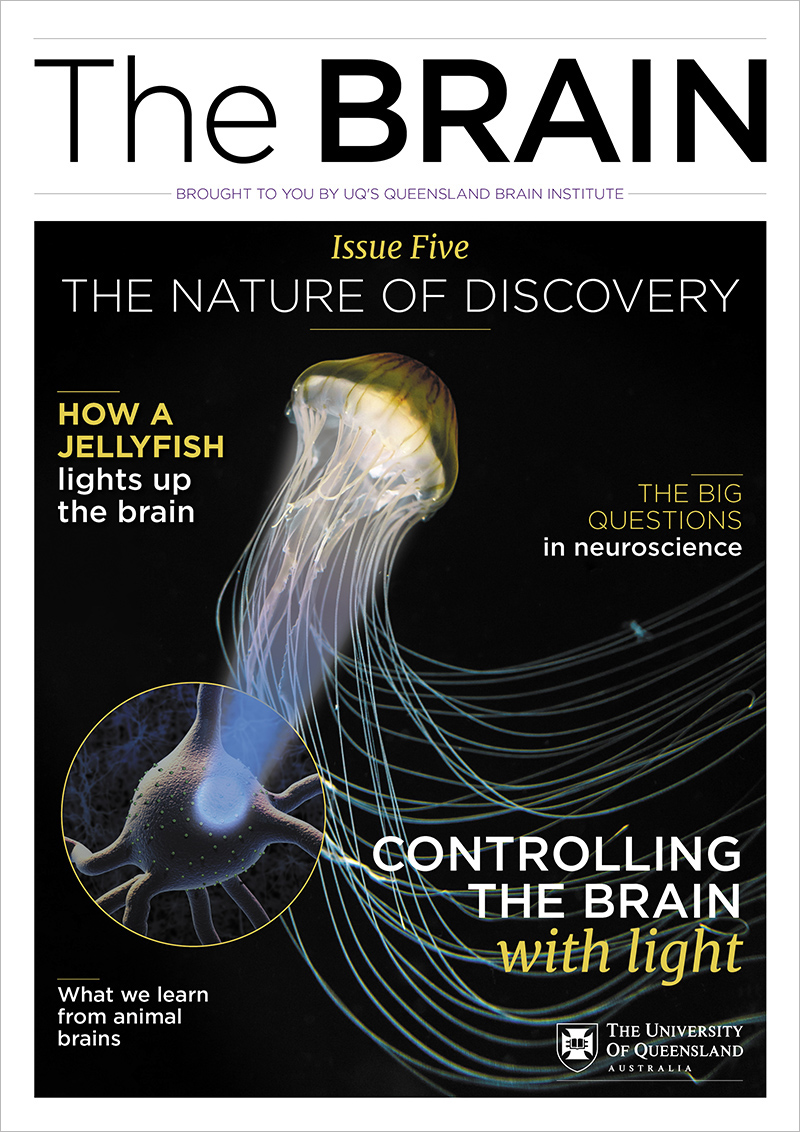Researchers at the Queensland Brain Institute are a step closer to unravelling the role of small nucleic acid fragments found in each of our cells, crucial to human development and responding to our environment.
Molecular geneticists Dr Steven Zuryn, Dr Chris Brosnan and Alexander Palmer have generated a genome-wide map of loaded microRNAs (miRNAs), fragments of RNA code similar to DNA that can affect gene expression.
Gene expression is an important process in human development, enabling an embryo to develop from a small number of cells into a complex multi-cellular organism.

Particular job for distinct miRNA
Dr Zuryn said his team developed models of gene expression control in three major tissue types – the intestine, the body wall muscle and the nervous system.
“What we found is that each cell type has its own set of miRNAs, distinct from others,” he said.
“We also found that miRNAs that were active in a particular cell were very important for that cell’s function. For example, we found that miRNAs active in the intestinal cells were required for regulating genes involved in fat metabolism and starvation.”
The research involved understanding gene regulation – a process that controls the timing of gene expression, and the location and amount of protein in a cell – that can have a profound effect on cellular structure and function.
“Essentially, we still do not know what biological roles the vast majority of miRNAs regulate – but they appear to be profoundly important for development and responses to the environment.
“There are thousands of different miRNAs in animals, and to get a grip of their functions, we need to understand what miRNAs are active in what cell types and when.
“That will help us understand what each individual miRNA does in the body.”
Gene map reveals unique subtleties
Genes do not control an organism on their own. They respond to environmental factors such as starvation, heat stress, disease, trauma and possibly genetic mutation.
Some genes are always on, regardless of environmental conditions. Such genes are among the most important, controlling the ability of DNA to replicate, express and repair itself.

“Studying a molecular process from cell-specific rather than a whole organism perspective enables us to truly understand its subtleties,” Dr Zuryn said. “Our model enabled analysis of miRNA-mediated gene regulation from this perspective.”
He said the research findings also demonstrated spatial and temporal dynamicism, flexibility of miRNA loading that suggests there are regulatory mechanisms used for different tissues and during ageing.
The research has support from a Stafford Fox Research Foundation Fellowship, the Australian Research Council and National Health and Medical Research Council.
It has been published in Nature Communications.




